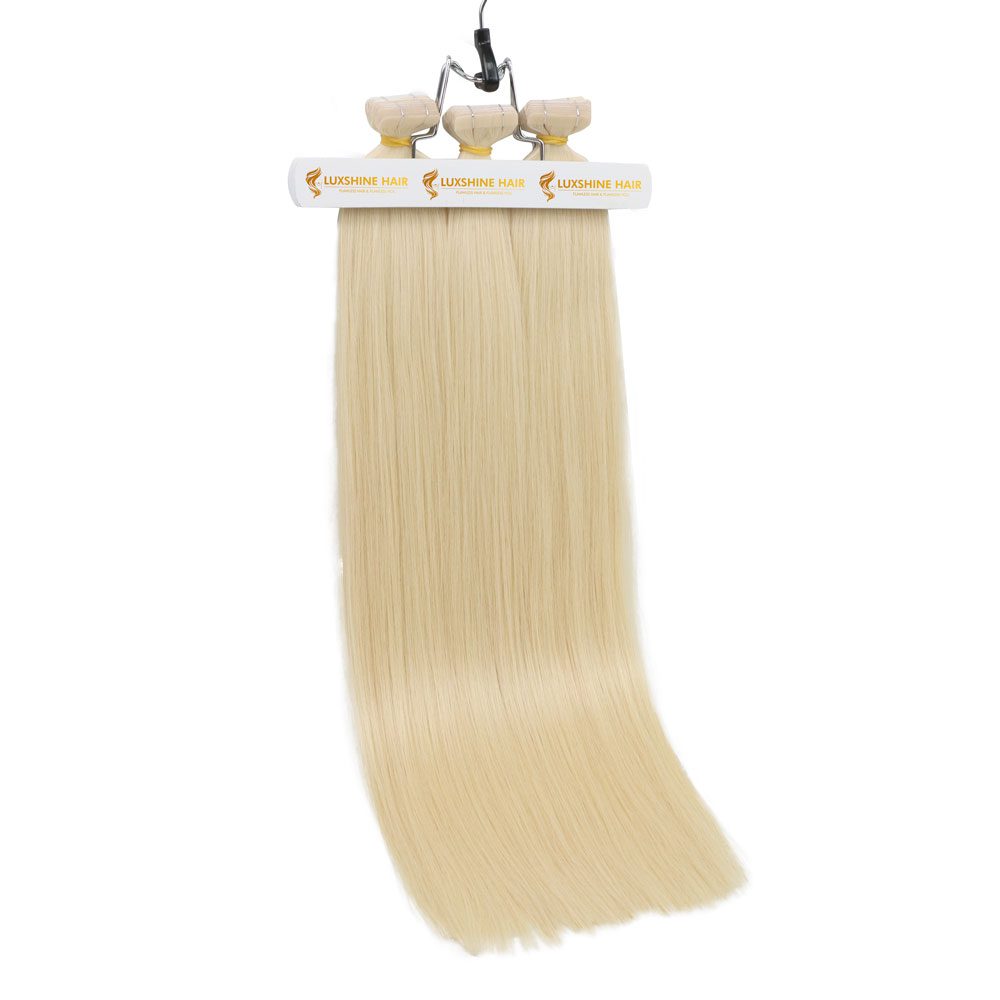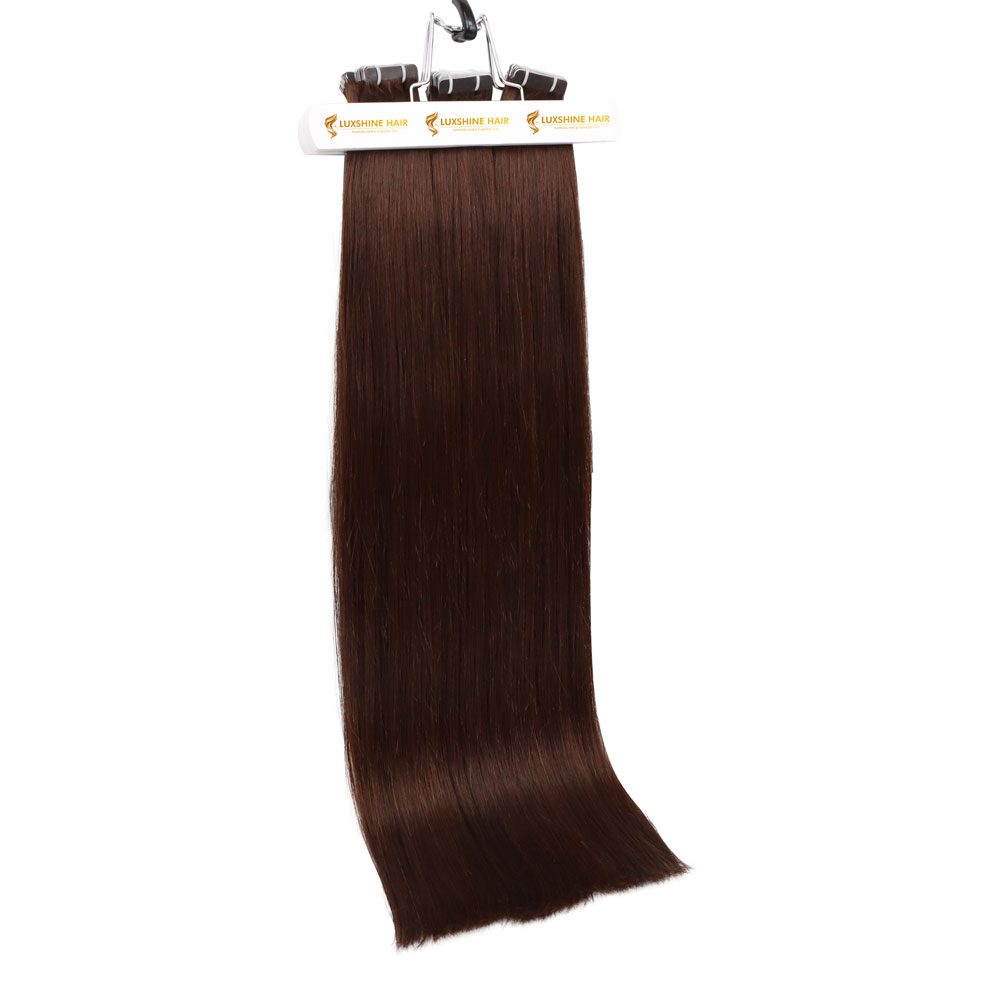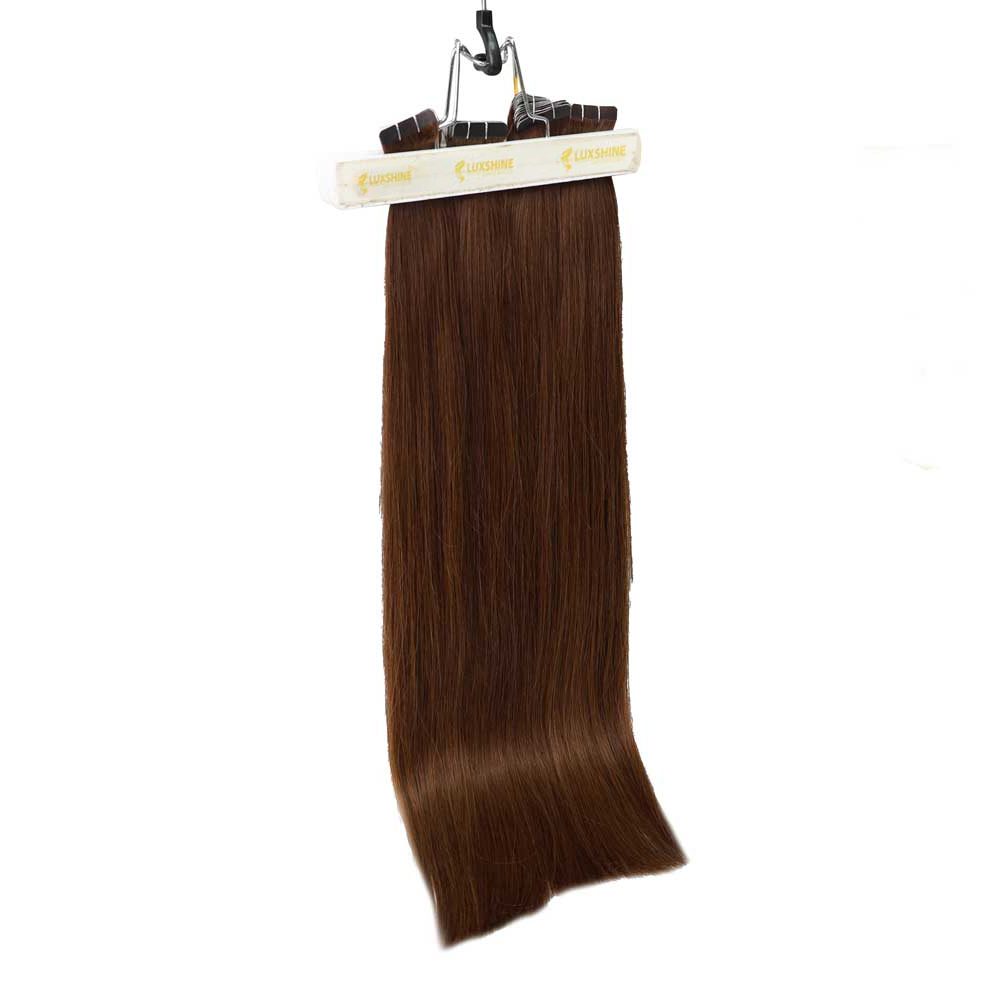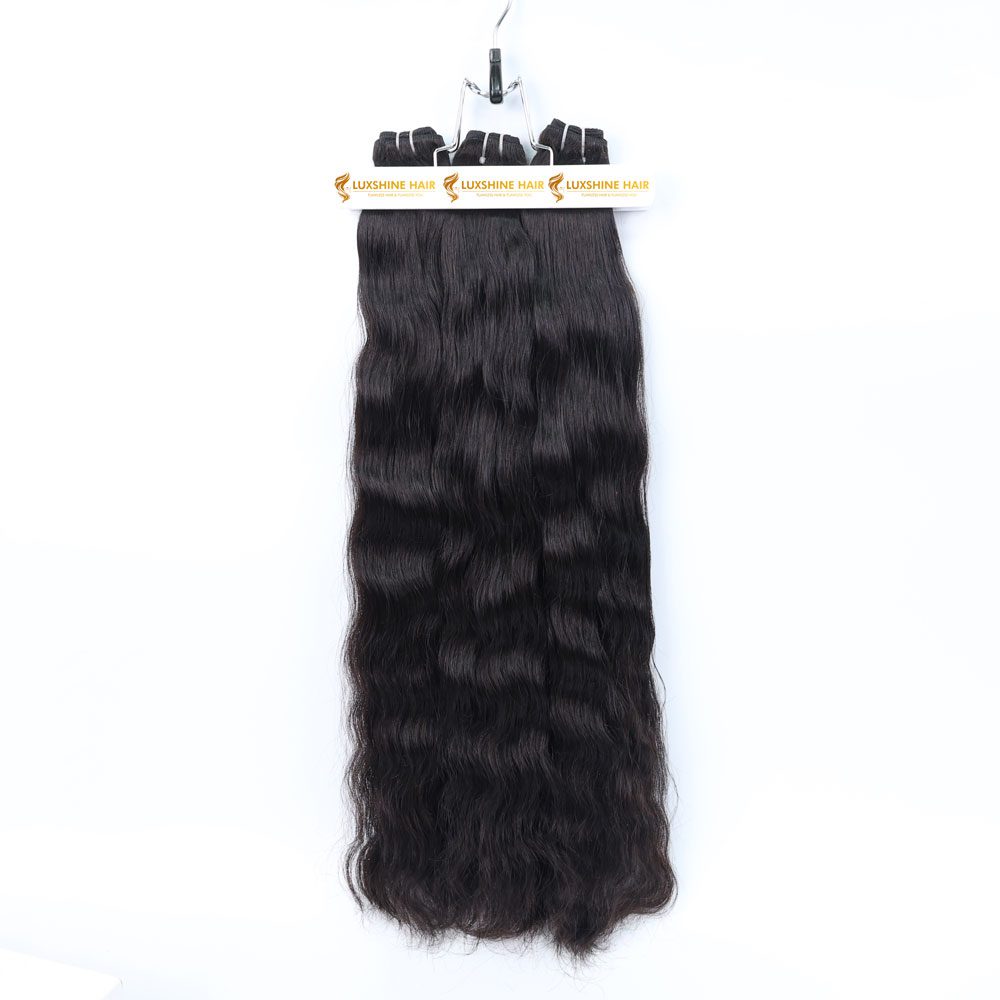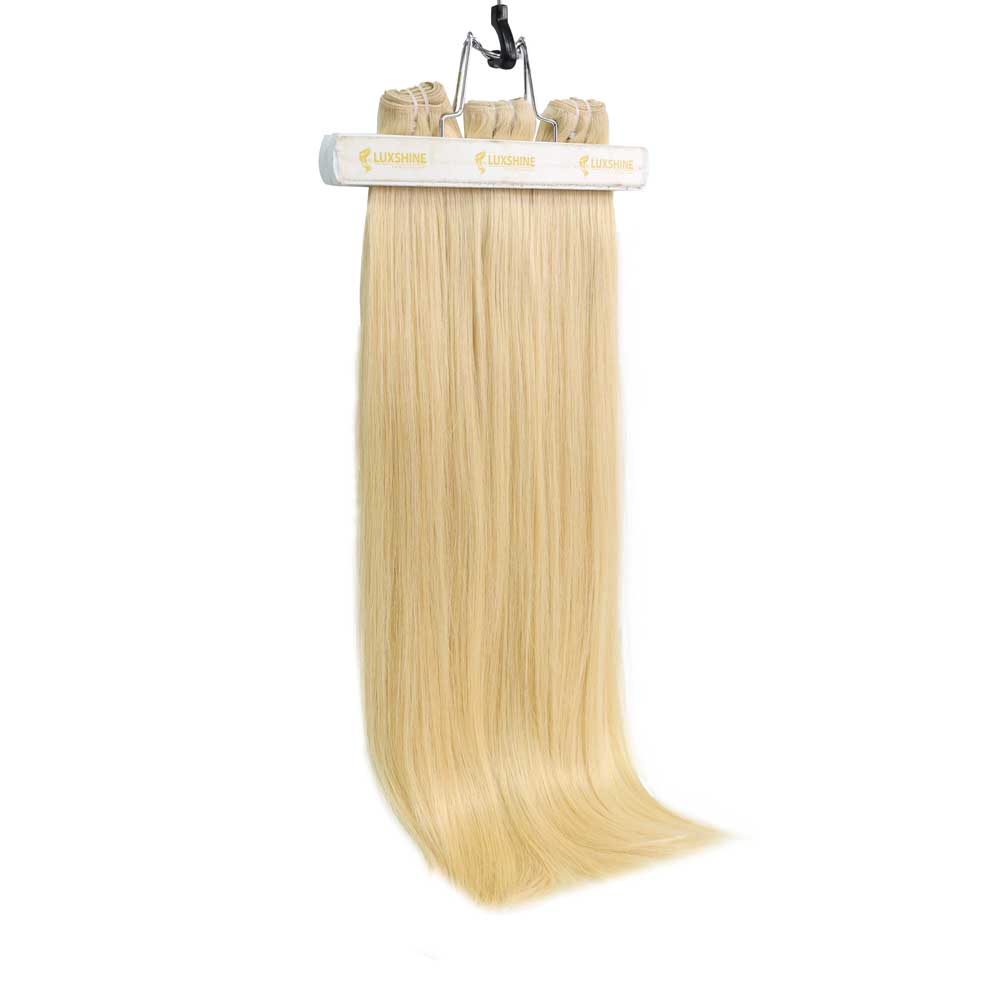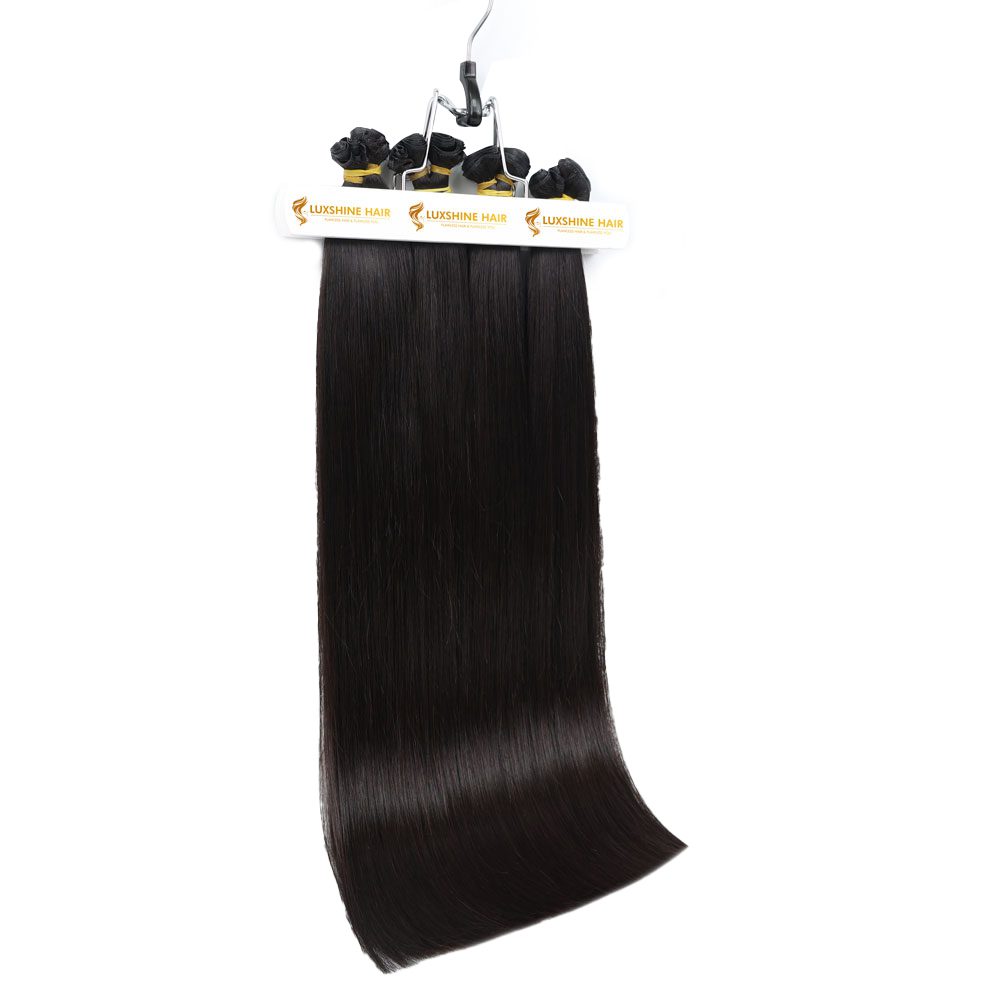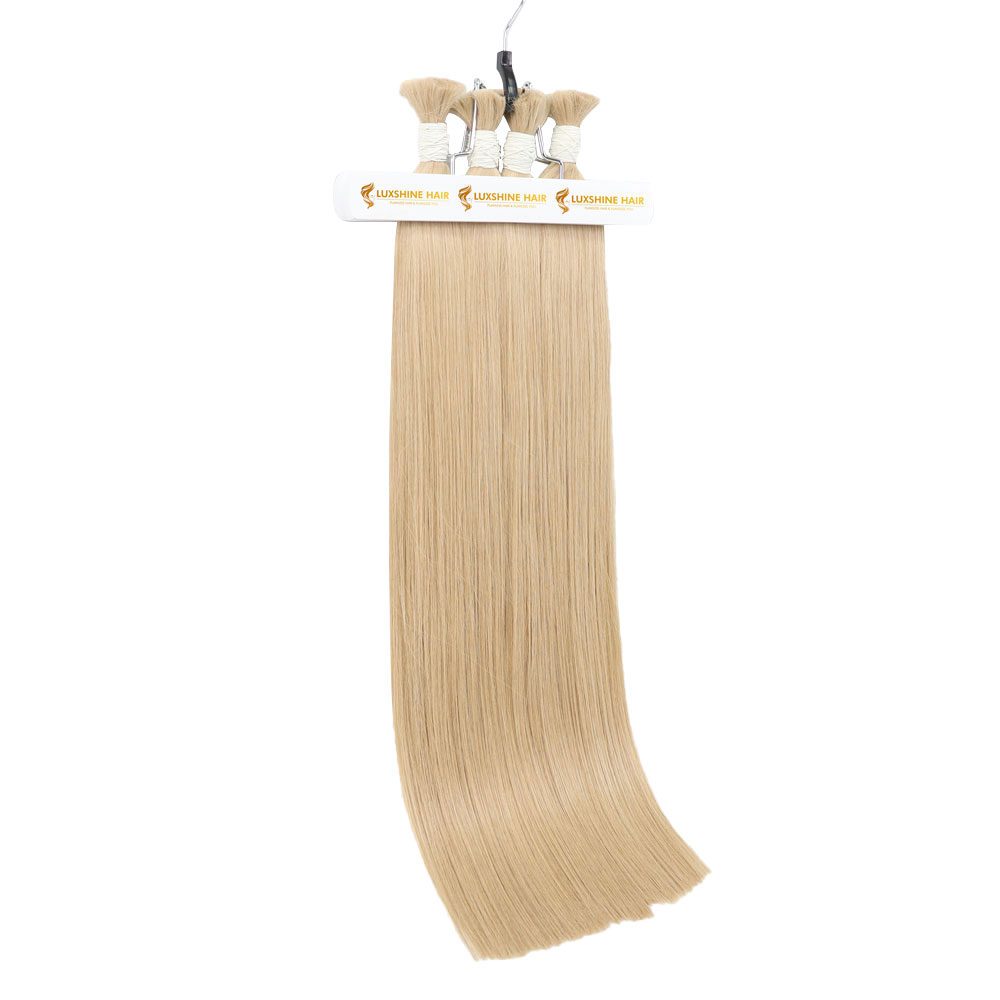Getting the facts about hair cuticles is a crucial part of any hair care routine. Many things can go wrong in hair care, but understanding the hair cuticle can help you improve your hair care practices, ensuring your hair grows long and healthy. Proper knowledge helps you handle your natural hair correctly and shop wisely for hair extensions, taking the best care of these valuable investments.
What is a Hair Cuticle?
To understand the outermost layer of hair, you need to know the components of a hair strand. A hair strand has three layers: the cuticle, the cortex, and the medulla. This basic knowledge of hair anatomy answers many questions about hair care, types, and routines.
The Hair Shaft
What you call hair is the hair shaft. It extends through your skin and hair follicles. During growth, it can lengthen or break, become thicker or thinner. Hair shafts consist mainly of keratin, dead protein cells that resist tearing and wear, creating the texture and feel of hair. Each of the three layers of hair has a unique role.

The Cuticle
The cuticle, the hair’s outer layer, is crucial. It has a roof-shingle-like structure that overlaps, helping the hair shaft stay on its follicle and regulating moisture within the hair. The cuticle acts as a gatekeeper, letting moisture in or keeping it out of the inner layers like the cortex and medulla. Exposure to the sun and heat treatments can compromise the cuticle’s moisture barrier function.
The Cortex
The cortex stores hair color (pigmentation). Inside this layer are keratin filaments held together by hydrogen sulfide bonds. To change hair color, you must open the cuticle to access the cortex. The cuticle’s integrity protects the cortex, essential for healthy hair.
The Medulla
The medulla, the hair shaft’s center, occupies a small space and consists mainly of air and transparent cells. Some hair lacks a medulla.
Functions of the Hair Cuticle
Our First Line of Defense
The cuticle, mostly keratin scales, acts as the gatekeeper, letting moisture and nutrients enter the hair. It opens or closes as needed, allowing chemicals and nutrients to reach the cortex, affecting pigmentation, thickness, curl, and hair pattern.
Permanent Changes
To change your hair’s curl pattern, color, or thickness permanently, you must lift the cuticle for chemicals to work on the cortex. Relaxers, for example, require lifting the cuticle for the chemicals to break down bonds and straighten curls. However, relaxers can damage hair irreversibly, so use them moderately.

Healthy vs. Damaged Hair Cuticle
A healthy cuticle has scales that lay flat, giving a smooth feel and shine by reflecting light. Healthy cuticles prevent tangling and feel smooth. Damaged cuticles are dull and rough, with split or raised scales, leading to tangled and damaged hair.

Opening and Closing the Hair Cuticle
Opening the Cuticle
Opening the cuticle is easy, such as when coloring or bleaching hair. Shampooing or wetting hair also slightly opens the cuticle. Frequent washing can impair the cuticle’s shape, so rinse your hair a few times a week unless your scalp health requires more frequent washing.
Closing the Cuticle
Closing a damaged cuticle is challenging. Products like hair oils or conditioners with silicones can help “close” the cuticle, but the scales won’t automatically lay flat without them. Bleached or colored hair requires more care due to the deformation of the cuticle.
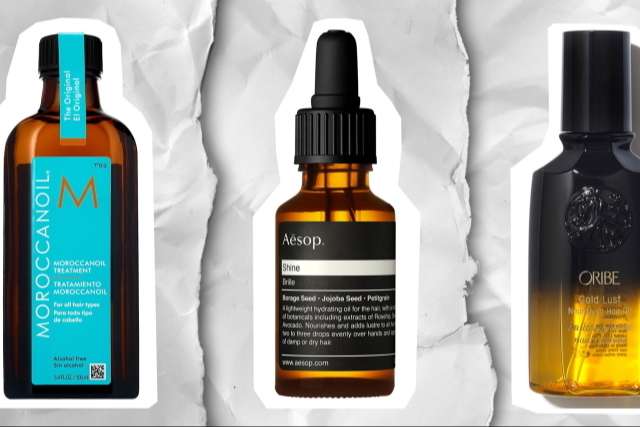
The Importance of Hair Cuticles in Human Hair Extensions
The quality of human hair extensions depends on the hair source, processing, and cuticle integrity. Asian hair, with thicker cuticle layers, is advantageous for healthy, unprocessed hair extensions. Vietnamese hair, for example, comes from rural women who grow their hair long without harsh treatments.
Collection Process
Hair source matters. Asian hair suppliers, especially Vietnamese, provide healthy, unprocessed human hair. Vietnamese women’s long, untreated hair is ideal for extensions.

Processing Process
Virgin human hair with healthy cuticles needs gentle, non-invasive processing. A gentle, chemical-free process preserves the hair cuticle’s integrity, ensuring long, healthy hair for customers.
Hair Cuticle Integrity in Hair Extensions
The cuticle’s integrity is crucial for hair quality. Stripped or raised cuticles lead to tangling and damaged hair. Luxshine, a Vietnamese hair factory, sources and processes hair to maintain cuticle integrity, ensuring top-quality hair extensions.
Getting the Best Experience from Hair Extensions
Buy from trusted suppliers like Luxshine, known for sourcing the best virgin Vietnamese hair and gentle processing techniques. Follow aftercare guides to maximize the longevity of your hair extensions.
This post aims to provide clear, comprehensive information about hair cuticles and their role in hair extensions, helping you make informed decisions for your natural hair and hair extensions.
We hope that this post has been helpful and informative. With clear comprehension, you will now know what is best for your natural hair. Alternatively, if you need to buy hair extensions, you will also know how to choose the right sellers for your needs.





